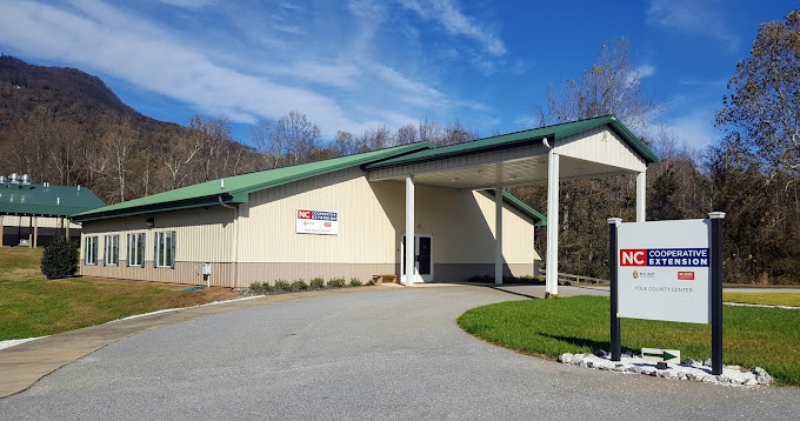From Arkansas farm to the Pentagon: Shirl Axtell
Published 12:47 pm Friday, November 5, 2010
Shirley Barnes Axtell, known more familiarly as Shirl, has led a notable and fascinating life. It started on an Arkansas farm and reached its pinnacle in the Pentagon. There she was assigned the task of designing, building, and ultimately managing the Department of Defense Crisis Center. Today she and her husband George, a retired Marine three-star general, are residents of Tryon Estates in Columbus.
Growing up on the farm as the eldest of eight children, Shirl learned to work hard and be resourceful. This was especially true after her father died an untimely death, and her seven younger siblings needed her help to get through school. Later her earlier experience served her well in supporting the credo that guided her life. Her credo consists of three points: seize the opportunity, educate and train for the job, and be prepared for the unexpected.
Shirl earned bachelor’s and master’s degrees by working days and attending night school for 14 years. During her career with the Department of Defense, she rose through progressively higher civilian assignments in all branches of the military except the Marines, her husband’s branch.
Trending
Shirl’s outstanding performance in various assignments led to her selection to attend the National War College in Washington, D.C. She and her husband George, a previous graduate, are the only couple ever to have graduated from that institution.
For her exemplary service, Shirl was presented the Air Force Meritorious Award, the Navy Meritorious Award, the Navy Superior Award, and the Department of Defense Meritorious Award, as well as 27 Outstanding Performance awards.
The Department of Defense Meritorious Award was presented to Shirl for her design and development of the Crisis Center at the Pentagon for the Secretary of Defense and his staff. As project manager, Shirl was responsible for all phases of the project, including initial concept, funding, contracting, and construction.
After the center was completed, Shirl was assigned as the first director. She was chosen for that assignment because of her leadership skills and her strong background in communications and intelligence, as well as financial and program management.
The crisis center was staffed by technical personnel (both military and civilian) provided by the Air Force. In addition, Shirl appealed to the secretaries of the services in order to obtain reserve personnel. She was able to get five reservists from the Army, Navy, Air Force. Marines, and Coast Guard. These 25 reservists trained in the center and were called to active duty during crisis periods.
The crisis center experienced its first major test in 1990 and 1991 before and during the first Gulf War, during which the great value and utility of the center were clearly demonstrated. Reserves were called to active duty, and the center had about 100 people working the crisis around the clock. The center did not close for eight months. During those months and in other crises, Shirl and her staff gave four briefings each day for senior civilian and military personnel serving in the Office of the Secretary of Defense. The center, with its sophisticated communications and electronic systems, was able to provide the senior defense decision makers with more accurate and timely information during military operations and other crises that required the assistance of the United States military.
Trending
Some of Shirl’s assignments took her to countries in Europe, South America, and Asia, as well as to many locations in the United States. Occasionally she had unforgettable experiences. One such experience occurred at the demilitarized zone between North and South Korea. The North Koreans had secretly dug a long tunnel into South Korea for the purpose of infiltrating troops into that country. Fortunately the tunnel was discovered before it was finished. &bsp;
Shirl and other members of her group were invited by their South Korean host to take a walk through the tunnel. But it was no walk in the park. The tunnel was only about four feet high, thus it presented a challenge not just for the short Koreans, but even more for the tall Americans. The South Koreans realized that the wet, dripping tunnel was not a place for the heels Shirl was wearing so they brought out three pairs of sneakers: one pair very large, one pair very small, and one pair just right.
The group set off in a constantly stooped position. It was difficult for them to keep their hard hats from continually bumping and scraping the rock ceiling. The group traveled about a mile to see two machine guns facing each other in the tunnel. It was a stark reminder that decades after the conflict began conditions were still potentially explosive. With that thought in mind, the group turned and started their trek back.
Shirl’s next assignment should be a piece of cake compared to those in her professional career. She has been nominated to become president of the Tryon Estates Residents’ Association for the term beginning January 1.





